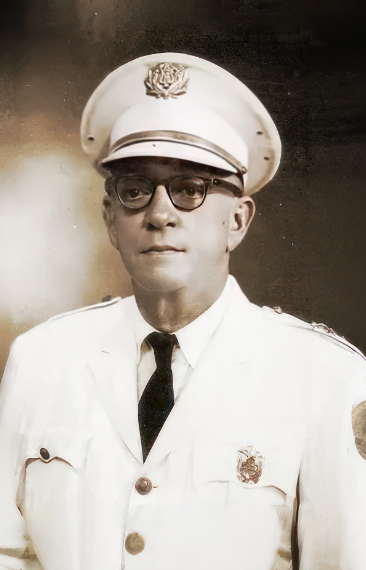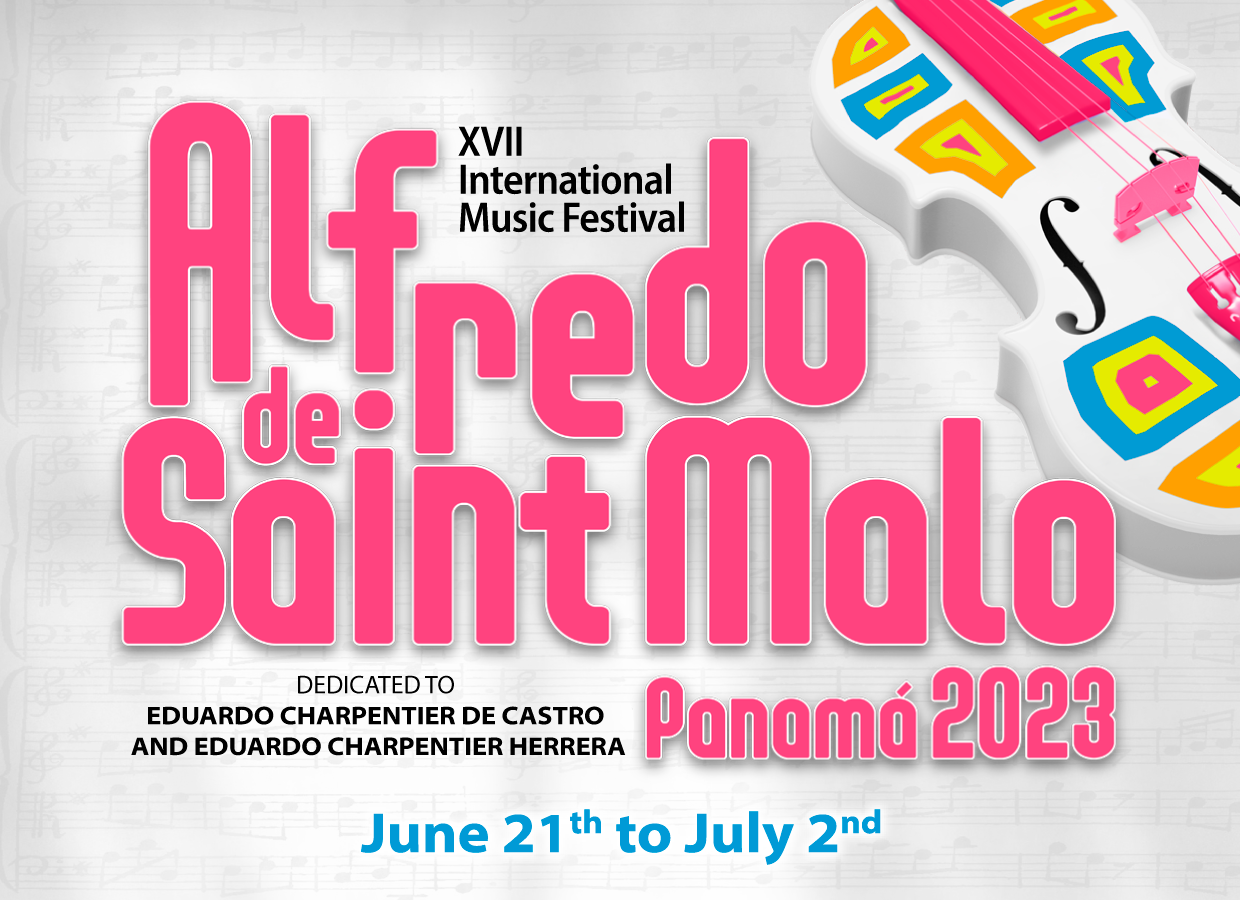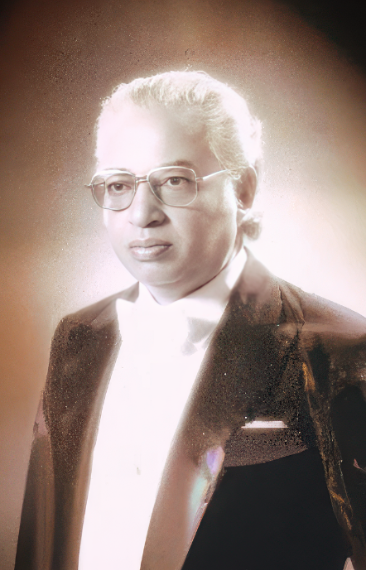
Eduardo Esteban Charpentier Herrera
A pupil of Narciso Garay, Eduardo Charpentier Herrera (1904) was an outstanding instrumentalist and conductor. As first flute, he was part of orchestral, operatic, and chamber music ensembles. It was his participation in other types of ensembles, however, that cemented his individual contribution to our Culture: As a founding member of the Conservatory of Music in 1941, and as a founding member of our Symphony Orchestra. His love and commitment to classical music and homeland translated into generations of Panamanian musicians and academics who, more than a century later, continue to collaborate and contribute—not without growing challenges—to the professionalization of musical instruction.
A teacher of many, Charpentier Herrera oversaw the early education of his own son: Maestro Eduardo Charpentier De Castro. Born in Panama in 1927, Eduardo Charpentier De Castro—intellectual, composer, instrumentalist (flute), and conductor—studied at the National Conservatory of Music and Declamation (Panama), Roosevelt College in Chicago, Marlboro College in Vermont, Eastman School of Music at the University of Rochester, New York; at the Conservatoire National de Musique in Paris and at Columbia Pacific University in California where he earned a Ph.D. in Philosophy with a specialty in Music and Education. He was Principal Conductor of the National Symphony Orchestra and founder of the Department of Music and the Chamber Orchestra of the University of Panama. In 1999 he received the Vasco Núñez de Balboa Order in the Grade of Grand Officer.
His was a generous academic career, devoted to the instruction of future teachers and intellectuals of classical music. Charpentier De Castro also transcribed Corpus Christi en la Villa de Los Santos, Diablicos Sucios, Son, Toletón, Mejorana and Himno de la Heróica Villa de Los Santos. Today, these transcriptions serve the crucial purpose of safeguarding our intangible cultural heritage and introducing younger generations to our traditions and folklore.
Eduardo Esteban Charpentier De Castro, Ph.D.
However, it is in Charpentier De Castro’s compositions where we find a wealth of elements that suggest the artist deliberately questioned his collective identity (nationality) and his sense of belonging in the face of otherness. In compositions such as Romanza and Danza Panameña—imbued with the resounding universe of Corpus Christi—we are before a careful observer/thinker of performative Panamanian-ness, the term I use to describe the part of our identity that clings to costumbrism and the idealization of the Panamanian countryside that is usually associated with our nationality. It would be simplistic to approach his work for its Panamanian “sound”. On the contrary, works such A Panamanian in Vienna or Incas in Madrid, for flute, oboe, and piano, remind us that Charpentier De Castro’s sophistication and undisputed talent placed him abroad, exposed to transformative instruction and close encounters with—we could assume—the burden of being the only Panamanian. Upon his return, he becomes the transitional man (Szok, 2001) who embodies the duality of the Here and Elsewhere, operating transformations in social order and structure Here, inspired by the experience and lessons of Elsewhere. The times of Charpentier Sr. found us a young Republic in the accelerated construction of a collective, homogenous identity. The times of the son—however—were of profound individual questioning and self-recognition, sovereignty amid the social-political transformation that resulted from Republic and Canal.
Father and son inscribe in our National Heritage works of immeasurable artistic value, in addition to the many personal contributions to the education of new generations of Panamanian musicians, conductors and composers who grow in their legacy of excellence today. To music lovers, they leave us an everlasting trove of instruments by which to connect to the past and each other in the joy of being a Nation.



